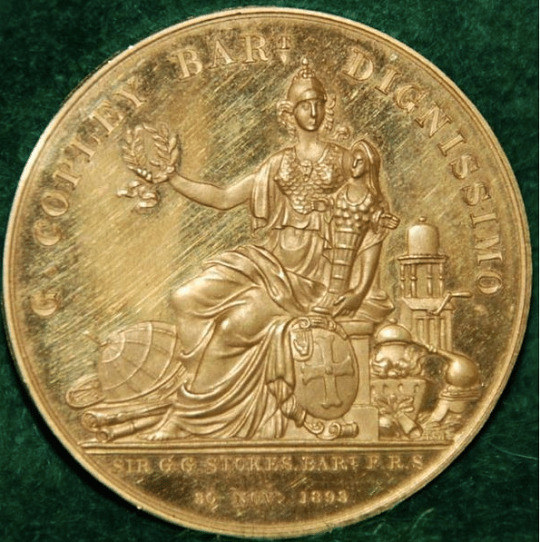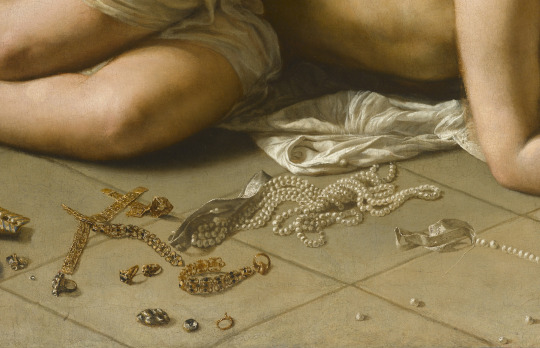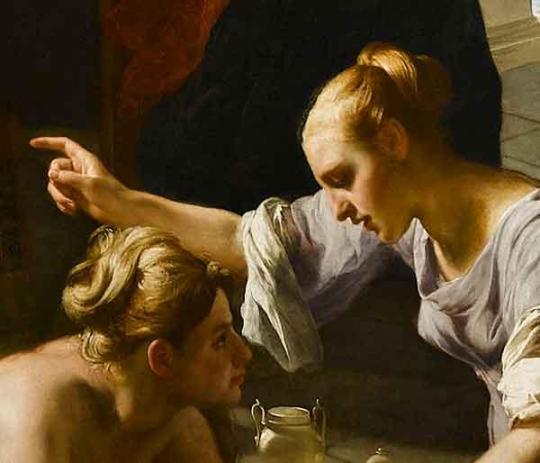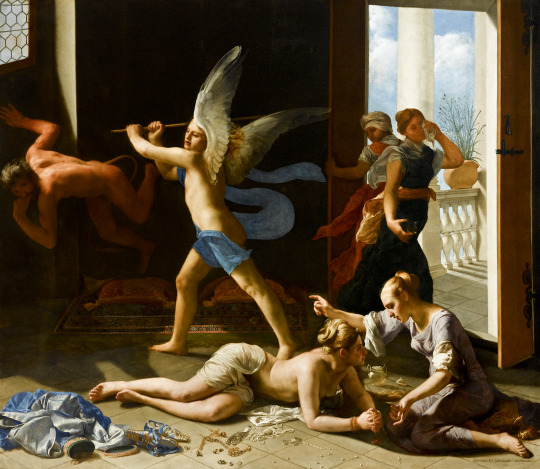#1660
Explore tagged Tumblr posts
Text

Reynaud Levieux (French, 1613-1699) The rest on the flight into Egypt, 1660
#Reynaud Levieux#French art#French#France#1660#1600s#art#fine art#european art#classical art#europe#european#fine arts#oil painting#europa#mediterranean#christian art#christian#christianity#christentum#catholic#catholic art#catholicism#christmas#advent
102 notes
·
View notes
Photo

"Vase of Flowers" (1660) by Jan Davidsz. de Heem ☀ Butterflies find momentary rest among doomed blossoms
#still life#baroque#red#green#1660#dutch golden age#1660s#floral arrangement#17th century#jan davidsz. de heem
45 notes
·
View notes
Text

Alfred Hitchcock and his grandchildren go dashing through the snow on a sleigh ride c. 1960
#i love this#alfred hitchcock#1960s#1660#op#vintage#winter wonderland#most wonderful time of the year#winter#retro film#retro movies#retro stars#classicfilmloves#classic hollywood#old hollywood#retro hollywood
37 notes
·
View notes
Photo

The Foundation of the Royal Society
The Royal Society was founded in 1662 to promote scientific research and increase our knowledge of the natural world. With royal patronage and a stellar membership of great minds, the society quickly gained international recognition for its work. One of the society's noted presidents in its formative years was Sir Isaac Newton (1642-1727), who held the post for 27 years.
Newton was also responsible for one of the great feuds that beset the society, unfortunately not an uncommon state of affairs, as great men competed for credit as the first to make certain scientific discoveries. More positively, in many ways, the Royal Society was responsible for setting out what exactly we consider science today, with its emphasis on experimentation, sharing of data and knowledge, and having peers critically assess all new results and theories.
Origins of the Royal Society
The idea of the Royal Society is often credited to the English statesman and philosopher Francis Bacon (1561-1626). In Bacon's New Atlantis (published incomplete in 1626), he presented the idea of a utopian scientific institution that promotes research; he called it Salomon's House in homage to the wisdom of the Biblical King Solomon. Three decades later, in 1660, several natural philosophers, that is thinkers and men of science who sought to explain the physical world around us, men who had already met each other from time to time in informal settings, got together to make Bacon's idea a reality. There were other such informal groups in other areas of studies, particularly as at that time, the universities largely concentrated on teaching and did not conduct research like today. In order to more efficiently discover and promote new ideas, the benefits of a formal institution were required. In addition, such a self-funding institution would mean scientists (perhaps more accurately described back then as natural scientists) did not have to go around begging for financial support from wealthy patrons inclined to pursue their own interests rather than those of science as a whole.
Continue reading...
31 notes
·
View notes
Text

68 notes
·
View notes
Text


16 notes
·
View notes
Text


this is who won us the game
12 notes
·
View notes
Text

The Jamaica Wine House, known locally as "the Jampot", is located in St Michael's Alley, Cornhill, in the heart of London's financial district. It was the first coffee house in London and was visited by the English diarist Samuel Pepys in 1660.
#Past Times#Ancestors Alive!#What is Remembered Lives#Memory & Spirit of Place#The Jamaica Wine House#the Jampot#St Michael's Alley#Cornhill#London#Samuel Pepys#1660#England
20 notes
·
View notes
Text

Bartolomé Esteban Murillo, Two Women at a Window, c. 1655/1660
#Bartolomé Esteban Murillo#oil painting#oil on canvas#baroque#painting#art#spanish art#17th century#17th century art#1660
12 notes
·
View notes
Text

The Sacrifice of Iphigenia c. 1650- 1660
Jean Tassel (1608-1667)
7 notes
·
View notes
Text
Random Royal drama, Part 1
Princess Sukhwi (1642~1696) was the 4th daughter of King Hyojong and Queen Inseon. She married Prince Consort Anpyeong Jeong Jehyeon in 1653. Soon after Hyojong's death in 1660, Jeong Jehyeon fell ill and Queen Inseon, now Dowager, accused the following of witchcraft:
Gisaeng Seolmae of the Jeonju Magistrate's office - concubine of Jeong Jehyeon's grandfather Jeong Yuseong
Princess Sukhwi's Court maid Yegeum
Yegeum's sister/Seolmae's servant Bun Yi
Yegeum's mother Aejong and brother Girip
According to Inseon, Yegeum took Seolmae's birth date and buried it with a "vile object" in the ground. Yegeum and Seolmae were arrested and interrogated first, and through their confession, Aejong, Girip and Bun Yi were arrested afterward.
Eventually Seolmae ran away and killed herself with poison. Aejong, Girip and Bun Yi objected to any involvement in the plot, and Yegeum was executed for unfairly causing her mother's interrogation as a crime of "defying the Three Bonds and Five Virtues", specifically likely to be the bond of "child serving parents" (子事��). Eventually the newly enthroned King Hyeonjong got involved, and ordered the pardon and release of Aejong, Girip and Bun Yi.
6 notes
·
View notes
Text

Juan Carreño de Miranda (Spanish, 1614-1685) James the Great in the Battle of Clavijo, 1660 Real Academia de Bellas Artes de San Fernando, Madrid
A popular theme in Spanish art. The saint, with his ghostly black mantle and blurred features, riding a rearing white horse, appears to be an apparition. While the two Saracens trampled on the ground are painted with certain plasticity, the figure of the apostle who has risen from the dead is made translucently ethereal by the application of the flowing, glazed paint. The horse's mane, the red belt, the flag and the white shroud are all details which swirl around weightlessly.
#Juan Carreño de Miranda#James the Great in the battle of clavijo#1660#1600s#spanish art#spanish#spain#hispanic#latin#art#fine art#european art#classical art#europe#european#fine arts#oil painting#europa#mediterranean
45 notes
·
View notes
Text



Guido Cagnacci (Italian, 1601–1663), The Repentant Magdalene, detail, circa 1660.
Norton Simon Museum.
The event depicted in the elegant space of this canvas is an episode from the life of Mary Magdalene, the courtesan who renounced her sinful ways and converted to Christianity, following her encounter with Christ in the temple. Mary is shown on the floor, having discarded her luxurious clothes and jewels; her face is reddened from remorse and her body barely covered by a white sheet. Her sister Martha sits on a cushion, calming her, while behind them two servants are leaving the room after having witnessed their mistress’s emotional scene. Cagnacci has also included two allegorical figures to the left. A standing angel banishes a levitating devil, complete with horns and a tail. He lurches toward the window as he flees the room. The combatant figures represent Virtue and Vice as they battle for Mary’s soul at the moment she chooses to embrace her virtuous new Christian life. (x)
#Guido Cagnacci#painting#1660#art#fine art#Norton Simon Museum#the repentant magdalene#detail#cagnacci#pearls#jewerly#necklace#rings#earrings#jewlery#repentant#17th century#17th century painters#17th century art#17th century paintings#italian painters#italian art#italian paintings#masterpiece#Mary Magdalene#courtesan#mary
40 notes
·
View notes
Text

#art#painting#figurative art#italian#chiaroscuro#die frau und der tod#death and the maiden#girolamo forabosco#1660
43 notes
·
View notes
Photo

Charles II of England
Charles II of England (r. 1660-1685) was the king of Scotland (1649-1685) before the Restoration in 1660 also made him king of England and Ireland. Charles was a charming and easygoing monarch who took a keen interest in sports, science, and the arts. From the acquisition of New York to the Great Fire of London, his reign was certainly eventful.
Charles returned the monarchy triumphantly to the apex of British politics and society with a magnificent coronation bedecked in the new British Crown Jewels. There were wars with the Netherlands, alliances with France, divisions at home over religion, and significant expansions overseas, particularly in India and North America. He died in 1685 and was, since he had no heir, succeeded by his younger brother, who became James II of England (r. 1685-1688).
Early Life
When Elizabeth I of England died in 1603 without an heir, James VI of Scotland (r. 1567-1625) was invited to also become the king of England as James I of England (r. 1603-1625). James was the first of the Stuart kings, and he was succeeded by his son Charles I of England (r. 1625-1649). Charles' battles with Parliament over religion, finances, and the power of the monarchy led to the English Civil Wars (1642-1651) and his ultimate execution on 30 January 1649.
Charles I's eldest son, also called Charles, was born on 29 May 1630 in St. James' Palace, London. His mother was Queen Henrietta Maria (1609-1669), the young sister of Louis XIII of France (1610-1643). Charles spent most of his childhood at Richmond House, where he most enjoyed horse riding. After his father lost the Battle of Naseby in 1645, Charles was shipped off to the safety of France along with his mother. He "grew up tall, swarthy, and saturnine" (Cannon, 293), reaching an impressive height of 1.88 metres (6 ft 2 in). Charles seems to have been the very opposite of his rather straight-faced father. The younger Charles was charming, witty, and easy-going, and his passion for romantic encounters began with Lucy Walter (d. 1658), who bore him the first of many illegitimate children, James Scott who became the Duke of Monmouth (b. 1649).
Continue reading...
17 notes
·
View notes
Text

Double portrait, 1660 by Frans van Mieris de Oudere (Leiden 1635-1681)
3 notes
·
View notes